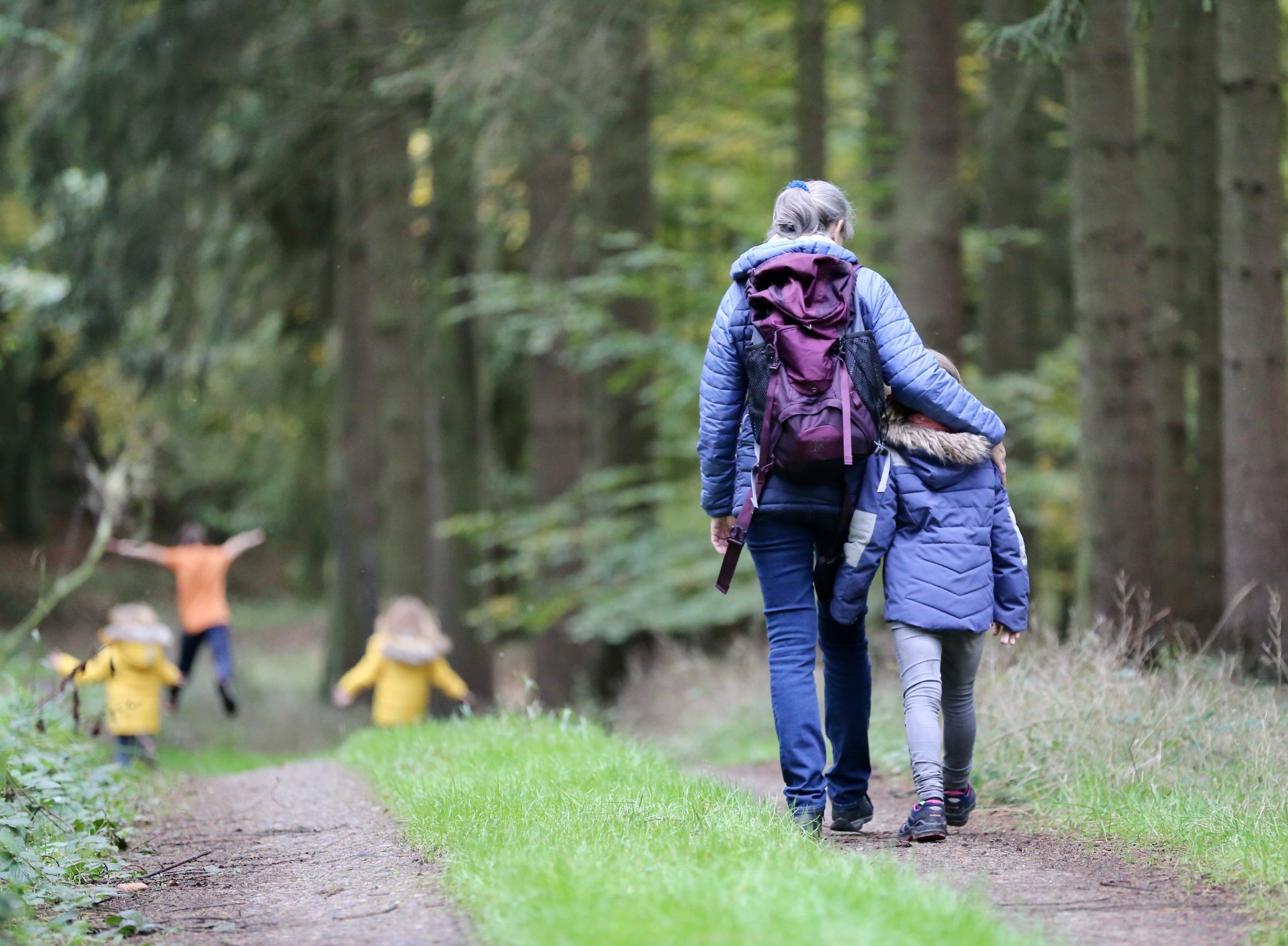Whereas previous literature agrees that physical activity is associated with positive emotions (see, for example, Biddle 2000), existing findings often stem from laboratory-induced settings exploring general affective states (positive or negative) rather than labeled emotions (angry or happy). Yet being able to identify the relationship between physical activity and labeled emotions offers significant real-world opportunities for encouraging the occurrence of health-promoting physical activity and positive emotions (Hogan et al., 2015). In addition, emotions are naturally linked to bodily movement, because they are essentially embodied. Emotions include both a semantic and a somatic element (Prinz, 2004). Individuals detect emotions through bodily cues that link the psychological and the sensory experience to the situated, contextual arena where they emerge (Tamminen & Bennett, 2017). Thus, we wanted to analyze labeled emotions in their natural surroundings; the daily leisure time physical activity habits of working-age adults.
We found that Finnish working-age adults experienced all of the eight basic emotions suggested by Laros and Steenkamp (2005) stemming from physical activity. The most common were contentment, happiness and anger. Contentment arose from enjoyment, for example the sensation of filling one’s lungs with fresh air when walking in the forest. Happiness emerged when an activity was particularly entertaining, often due to social circumstances such as having fun with friends while playing yard games like mölkky (a Finnish specialty) or croquet. Happiness also reflected changed circumstances, such as feeling happy about the results of cleaning, even if cleaning itself triggered anger. Anger, indeed, emerged mainly from disliked activities, such as the perceived pointlessness of running around chasing a ball. Anger was directed at the bodily effort needed (e.g. dislike of running), the type of physical activity (e.g. dislike of repetitive movement such as snow shoveling) or inability (e.g. dislike of subjectively difficult physical activity, such as yoga).
Love, pride, fear, shame and sadness were less common emotions associated with physical activity. Love was reserved for physical activity, which was experienced as particularly meaningful. Love often connected the activity with mindfulness, such as being one with nature when hiking. Pride reflected perceived skill and endurance, often linked to achievements such as improved time when running or increase of resistance at the gym. Fear stemmed from concerns over physical safety, such as previous injuries or a fear of large animals in the forest. Shame was visible in self-blame for not being physically active often enough. Sadness reflected lost opportunities, when physical activity took time away from preferred pastimes, or when other engagements prevented enjoyed physical activity.
Many of these emotions were linked together sequentially. For example, as mentioned, cleaning triggered both anger at having to clean and happiness or contentment with the result. Similarly, the fear of cold turned into enjoyment of the relaxation following ice swimming. In contrast, happiness over an enjoyable experience such as disc golf with friends could turn into anger at inability when losing Frisbees in the forest, and happiness over swimming could turn into anger at crowds at the swimming pool. Similarly, contentment with gardening switched to anger over the expectation that nothing would eventually grow from the planted seeds. Particularly the positive emotions often appeared also simultaneously, with for example pride over skills coinciding with enjoyment of the activity. Moreover, a dislike of playing golf coincided with contentment over the partner’s enjoyment of the game, and a dislike of cross-country skiing was balanced with enjoyment of the winter scenery.
For Finns, finding peace of mind was a key motivator for being physically active during leisure time. Peace of mind emerged through many emotional experiences, such as relaxation, mindfulness, detachment from everyday worries and mental resilience. Whereas more sedentary adults found enjoyment particularly in social interaction during physical activity, more active adults also enjoyed vigorous physical activity itself. Both sedentary and active adults found great enjoyment from nature as the arena of physical activity.
Overall, we can conclude that leisure time physical activity-induced emotions are triggered by motivation, individual preferences, activity type and socio-spatial surroundings. These findings have important implications for different organizations in offering a variety of activity opportunities to meet different physical and emotional needs. Because individuals tend to favor positive experiences, knowing that the socio-spatial activity environment is a key trigger of positive emotions for adults that are more sedentary enables promotion that is more effective. The clear preference towards nature settings also allows physical activity service providers and urban space areas to consider the physical activity environment in creating servicescapes. For research, our findings show that physical activity can trigger both positive and negative emotions. Correspondingly, the findings indicate that laboratory-induced emotions may be different from the emotions that emerge in free-living settings, highlighting the importance of exploring physical activity-induced emotions through lived experience.
Riikka Harikkala-Laihinen
Postdoctoral Researcher, International Business
D.Sc. in Economics and Business Administration
Turku School of Economics, University of Turku
– – –
References
Biddle, S. J. (2000). Emotion, mood and physical activity. In S. Biddle, K. R. Fox, & S. H. Boutcher (Eds.), Physical activity and psychological well-being (pp. 63–87). Routledge.
Hogan, C. L., Catalino, L. I., Mata, J., & Fredrickson, B. L. (2015). Beyond emotional benefits: Physical activity and sedentary behaviour affect psychosocial resources through emotions. Psychology & Health, 30(3), 354–369.
Laros, F. J., & Steenkamp, J. B. E. (2005). Emotions in consumer behavior: A hierarchical approach. Journal of Business Research, 58(10), 1437–1445.
Maguire, J. A. (2011). Welcome to the pleasure dome?: Emotions, leisure and society. Sport in Society, 14(7–8), 913–926.
Prinz, J. (2004). Embodied emotions. In R. C. Solomon (Ed.), Thinking about feeling (pp. 84–107). Oxford University Press.
Tamminen, K. A., & Bennett, E. V. (2017). No emotion is an island: An overview of theoretical perspectives and narrative research on emotions in sport and physical activity. Qualitative Research in Sport, Exercise and Health, 9(2), 183–199.
– – –
Photo: Pexel, Pixabay.com

